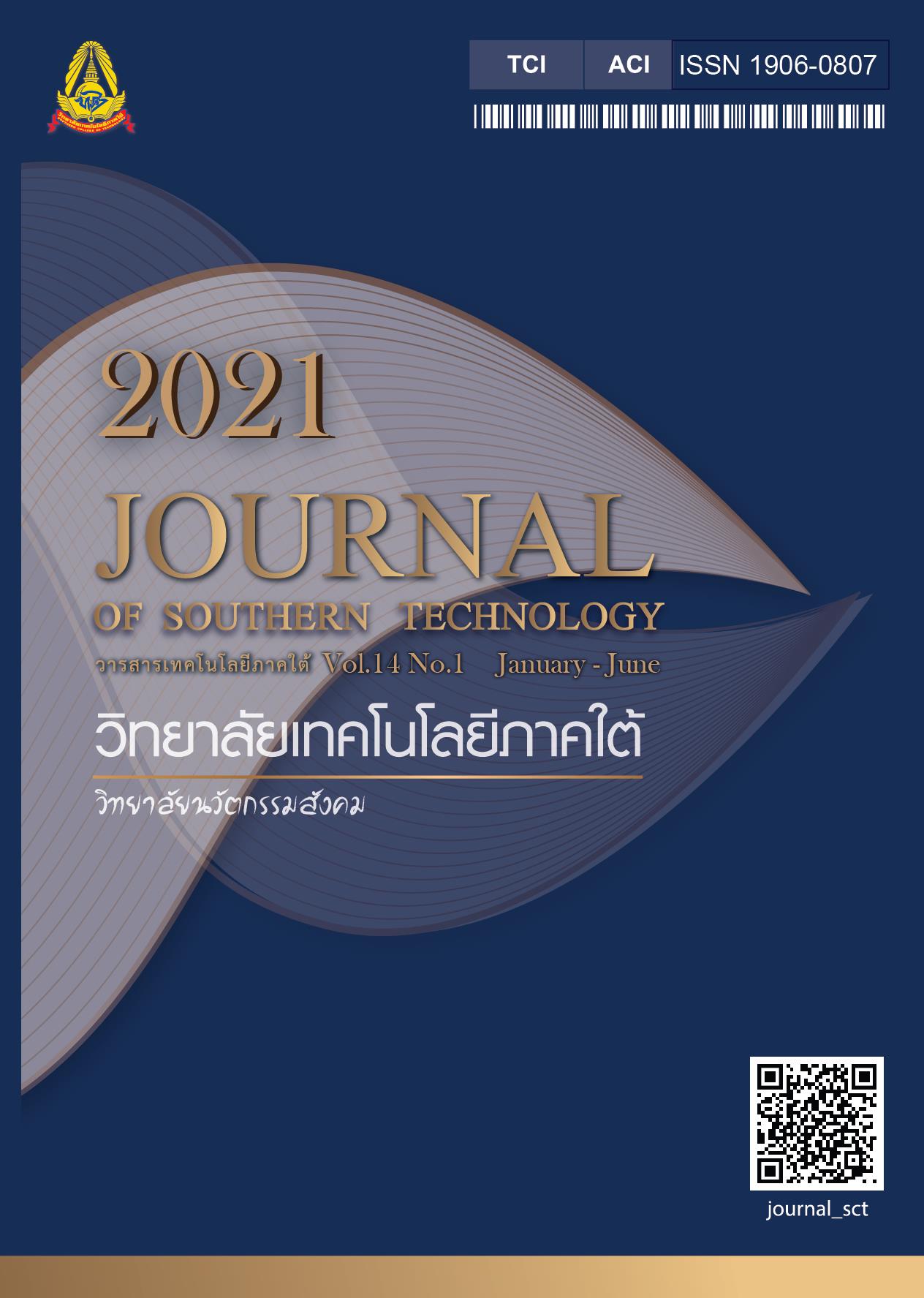The Development of Adaptability Competence of Thai Tour Business to Respond Tourism Demand in Digital Age
Main Article Content
Abstract
According to technology disruption, of which effects to tourist consumption behavior and practices, allowing tourists to travel on their own rather than with tour companies like in the past. Hence tour companies need to adapt themselves. The main objectives of this research are to 1) study the Thai tour business’s adaptive cycle between 1987-2017 2) examine the tour business adaptabilities in digital age and 3) propose guideline developing of adaptability competence of Thai Tour Business to respond tourism demand in digital age. The study employed mixed methods design. The data were collected by in-depth interview, focus group with Thai tour companies and tourism experts for qualitative method and by the questionnaire from Thai tour companies and tourists for quantitative method. The total sampling of 460 data sources were gathered. The research results four stages of Thai tour business’s adaptive cycle 1) Seeking and Searching Stage is by being more selective in products and services including seeking for cooperation from key stakeholders both in and outside Thailand 2) Selecting and Satisfying Stage is to adjust their public relations by setting target customers and upgrading human resources 3) Shaking and Solving Stage is by facing with vulnerability issues and focusing on technology and social media 4) Solution and Sustainable Stage is rebound stage to build sustainable strategies and disruptive adaptation. And found that Thai tour business has the adaptabilities in “4C” dimensions in high level 1) Creation of new products and services (=3.76) 2) Creation of new energetic staff and business concept (
=3.76) 3) Creation of new distribution channel on platform system (
=3.82) and 4) Creation of new customers (
=3.83). The last, it found Resilience Model for Thai Tour Business called “I-PEUX” combined I–Innovative the necessarily to seek opportunities for innovation to explore difference products and services. P- Personalized Products & Services is to leverage products and services development to response the customer personal needs. E-Exuberant Team & Organization is to develop an organization and staff to always be at the cutting edge. U- Ultimate Connectivity is connecting all supply chain with the disrupted technology ecosystem. X- Xocial (Social) Engagement is to create social relationship leveraging travelling experiences for tourists. Public and private sectors can utilize “I-PEUX” as the direction to remain the sustainable role of Thai tour business in tourism industry.
Article Details
-
Authors must agree to the journal publication rules and allow the editors to edit the manuscripts for publication.
-
Author’s right belongs to the author but Journal of Southern Technology holds the right of first publication and thus allow readers to use the article for the purpose of education but not commercial.
References
Association of Thai Travel Agents. (2020). Statistics of International Tourist Arriving in Thailand, Tourists Received by ATTA’s Member at Suvarnabhumi Airport and Don Mueang Airport as of March 2020. Retrieved April 15, 2020, from http:// www.atta.or.th/statistics-international tousts-arriving-in-thailand-as-of-as-of-20-march-2020/ [in Thai]
China Tourism Academy. (2020). 2019 Annual Report on China’s Outbound Tourism Development. Retrieved May 28, 2020, from http://eng.ctaweb.org/html/2020-5/ 2020-5-20-16-4-09089.html
Daedlow, K., Beckmann, V., & Arlinghaus, R. (2011). Assessing an adaptive cycle in a social system under external pressure to change: the importance of intergroup relations in recreational fisheries governance. Ecology and Society, 16(2), 3.
Drucker, P. (1985). Innovation and Entrepreneur Ship. New York: Harper Collins Publishers, Inc.
Gunderson, L.H., & Holling, C.S., (2002). Parnarchy Understanding Transformations in Human and Natural Systems. Washington D.C.: Island Press.
Hall, C.M., Prayag, G., & Amore, A. (2018). Tourism and Resilience: Individual, Organizational and Destination Perspectives. Bristol: Channel View Publications.
Hirt, M., Laczkowski, K., & Mysore, M. (2019). Bubbles Pop, Downturns Stop. Retrieved March 30, 2020, from https://www.mckinsey.com/ business-functions/strategy-and-corporate-finance/our-insights/bubbles-pop-down turns-stop
Keeley, L., Walters, H., Pikkel, R., & Quinn, B. (2013). Ten Types of Innovations: The Discipline of Building Breakthroughs. New Jersey: John Wiley & Sons.
Leiper, N. (1979). The framework of tourism: Towards a definition of tourism, tourist, and the tourist industry. Annals of Tourism Research, 6(4), 390-470.
Ministry of Tourism & Sports. (2020). International Tourist Arrivals to Thailand 2017, 2018, 2019. Retrieved March 20, 2020, from https://www.mots.go.th. [in Thai]
Stange, K.C., Ferrer, R.L., & Miller, W.L. (2009). Making Sense of Health Care Trans- formation as Adaptive-Renewal Cycles. Annals of family medicine, 7(6), 484-487.
Sundstrom, S.M., & Allen, C.R. (2019). The adaptive cycle: more than a metaphor. Ecological Complexity, 39, 1-11.
We are social and Hootsuite. (2020). Digital 2020: Global Digital Overview. Retrieved March 20, 2020 from https:// datareportal.com/ reports/digital-2020-global-digital-overview
Weeks, B., Rodriquez, M.A., & Blakeslee, J.H. (2004). Panarchy: Complexity and Regime Change in Human Societies. Santa Fe Institute Complex Systems Summer School Proceedings. Santa Fe Institute.

